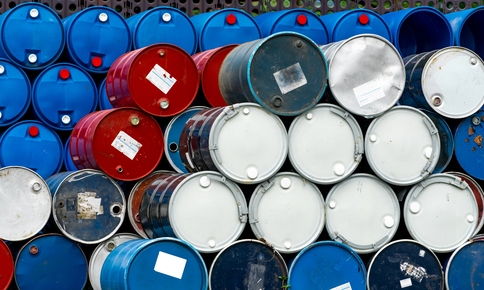The European Union (EU) along with the G7+ Price Cap Coalition, have adopted additional price caps for seaborne Russian petroleum products such as diesel and fuel oil. This comes ahead of a full import ban on Russian products.
The new price caps are intended to affect Russia’s revenues and reduce its ability to finance the invasion of Ukraine. Two price levels were set for Russian petroleum products.
- Premium-to-crude: Petroleum products such as diesel and kerosene are capped at 100$ (€92.67) per barrel
- Discount-to-crude: Petroleum products such as fuel oil and naphtha are capped at 45$ (€41.70) per barrel.
The President of the EU Commission, Ursula Von der Leyen, said, “We are making Putin pay for his atrocious war. Russia is paying a heavy price, as our sanctions are eroding its economy, throwing it back by a generation. Today, we are turning up the pressure further by introducing additional price caps on Russian petroleum products. This has been agreed upon with our G7 partners and will further erode Putin’s resources to wage war. By 24th February, exactly one year since the invasion started, we aim to have the tenth package of sanctions in place.”
The price cap became applicable from 5th February 2023. This is followed by a transitional period of 55 days for vessels carrying Russian petroleum products, which were purchased and loaded onto the vessel prior to 5th February 2023 and expected to be unloaded prior to 1st April 2023.
The EU has also applied a ban on seaborne Russian oil and petroleum products. Overall the sanctions are expected to restrict nearly 90 per cent of all Russian oil imports to the EU.
The first price cap was introduced in December 2022, which capped imports of Russian oil at $60 (€55.60) per barrel. Both the price cap introduced in December 2022 and those introduced in February 2023 will be continually monitored to ensure their effectiveness and impact, so they may be adjusted if necessary.
Inflation risk re-surging as tensions heat up between Israel and Iran
Oil and gold prices jumped after the latest strike by Israel
WATCH: Rare torrential rain in Dubai wreaks havoc and causes major disruption
Flooding hits shopping malls, destroying stock
Spain to end ‘golden visa’ scheme over property market impacts
While countries are slowly banning the practice, Malta remains firm in keeping the scheme alive






